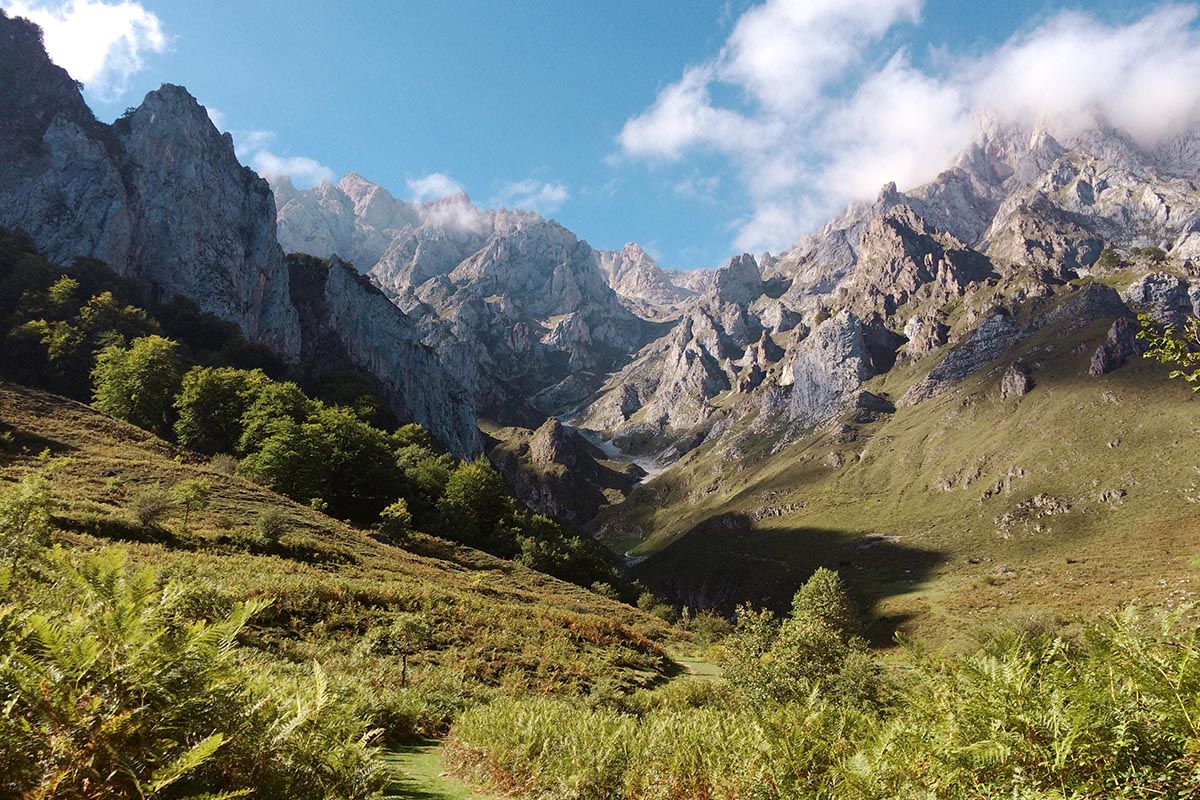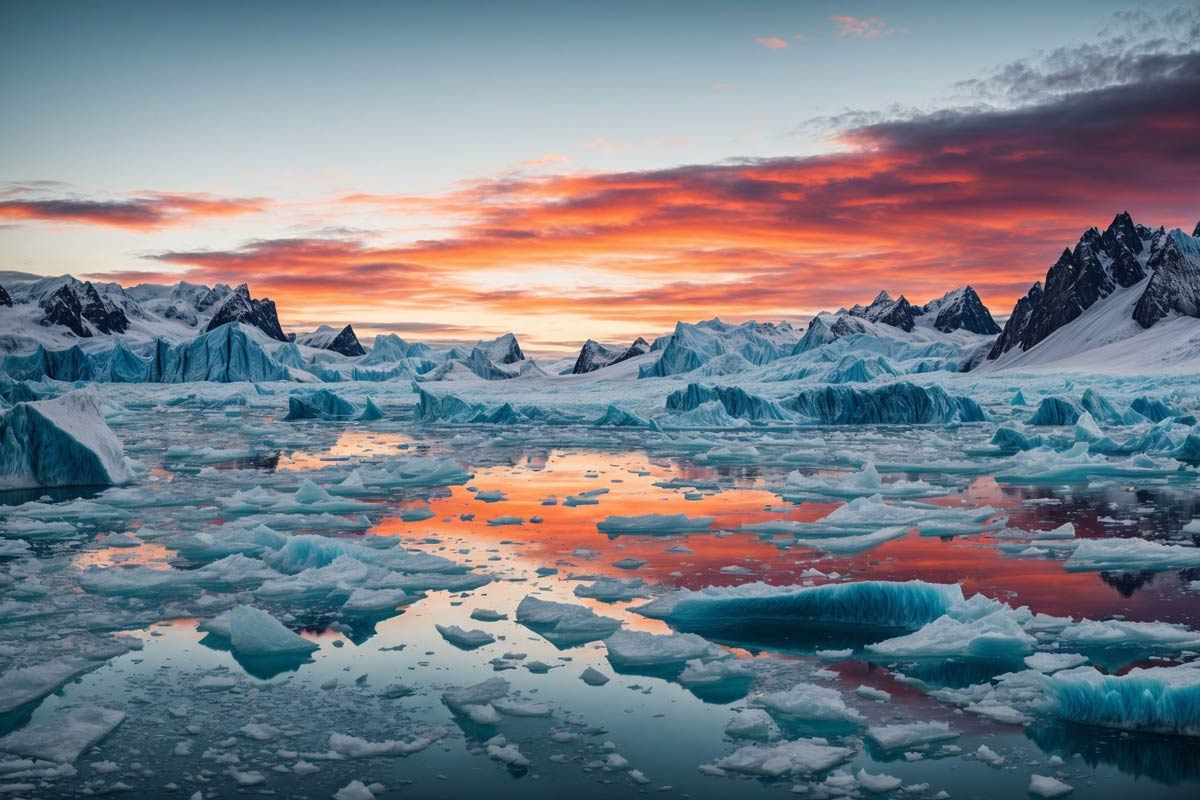Jordi Pons-Sangines was elected honorary member by the UIAA General Assembly in 2007. This senior Spanish mountaineer had then spent 30 years as a dedicated volunteer for the UIAA, working hard to develop mountaineering sports and to promote mountaineering around the world.


Pons-Sangines has held conferences, courses and seminars, as well as making prize winning films about mountaineering. He has helped build up the competition sport of Ski Mountaineering and worked strenuously raising awareness about mountain protection.
His impressive list of ascents includes in 1974 becoming the first Spanish climber to scale the 8,000m climb of Annapurna and the third ascent of CHO OYU, 8,201m in 1984 (after Reinhold Messner and Vera Kormakova). He also made the first Spanish ascents of the north faces of the Matterhorn and the Eiger.
Pons-Sangines is currently the Vice President of the Spanish Mountaineering and Climbing Federation (FEDME), but has done much of his work for the UIAA outside of Spain and Europe. He was active in the development of the Pan-American Union of Mountaineering and Climbing (UPAME), which has boosted mountaineering sports in the Americas. Jordi also worked on the commission for safe methods, which later became the UIAA Safety Commission.
Pons-Sangines has always believed that competition sports should be an important element of the UIAA and that the UIAA should be part of the Olympic movement.
He has been vice president of the International Council for Ski Mountaineering Competitions (ISMC) and is still actively involved in this sport.
Pons-Sangines has always advocated the balance between sport and the protection of the environment. Therefore he was one of the founders of Mountain Wilderness, an international movement for the preservation of mountain environments.



